Boston, a city steeped in history, has witnessed pivotal moments that shaped America. From the Revolutionary War to its rich cultural tapestry, Boston’s story is both fascinating and complex.
For those eager to dive into its past, there’s no better way than through the pages of a well-researched book. This article curates the ten best books about Boston history, offering readers a journey through time.
Whether you’re a history buff or simply curious about the city’s legacy, these books provide a comprehensive look at the events and personalities that define Boston.
Top 10 Best Books About Boston History
Here are ten highly regarded books on Boston’s history that offer diverse perspectives on the city’s rich past:
1. Common Ground: A Turbulent Decade in the Lives of Three American Families
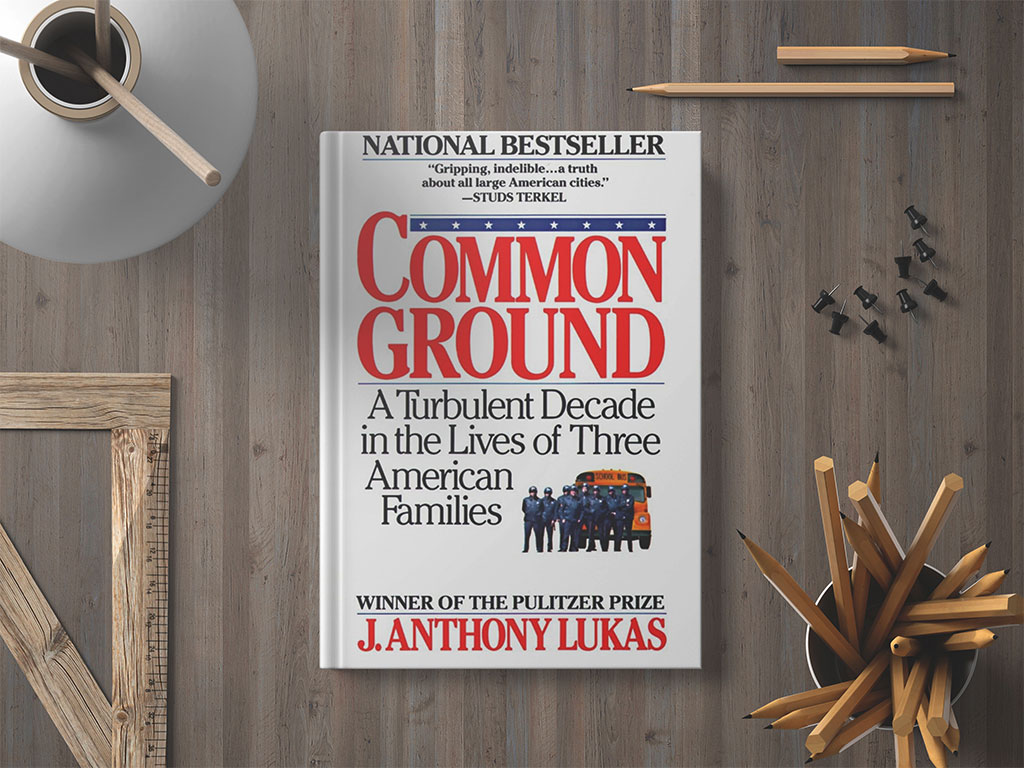
J. Anthony Lukas’s “Common Ground” offers a profound journalistic exploration of Boston in the 1960s and 1970s.
This extensive work, spanning 688 pages, delves into how urban changes during this period shaped the lives of three families from different backgrounds.
Lukas meticulously examines the racial, social, and economic challenges that Boston faced, making it an essential read for understanding the city’s complex history.
Lukas’s narrative intertwines the personal and political, showcasing how larger societal shifts impacted individual lives.
Through the stories of the Twymon, Divers, and McGoff families, readers gain insight into the tumultuous era of school desegregation and urban renewal. His detailed accounts highlight the resilience of these communities amidst the widespread upheaval.
“Common Ground” is more than just a historical account; it’s a vivid portrayal of how the urban landscape evolved, setting the stage for Boston’s current urban revival.
This book remains relevant today as it provides context for ongoing discussions about race, education, and city planning.
2. The Race Underground: Boston, New York, and the Incredible Rivalry That Built America’s First Subway
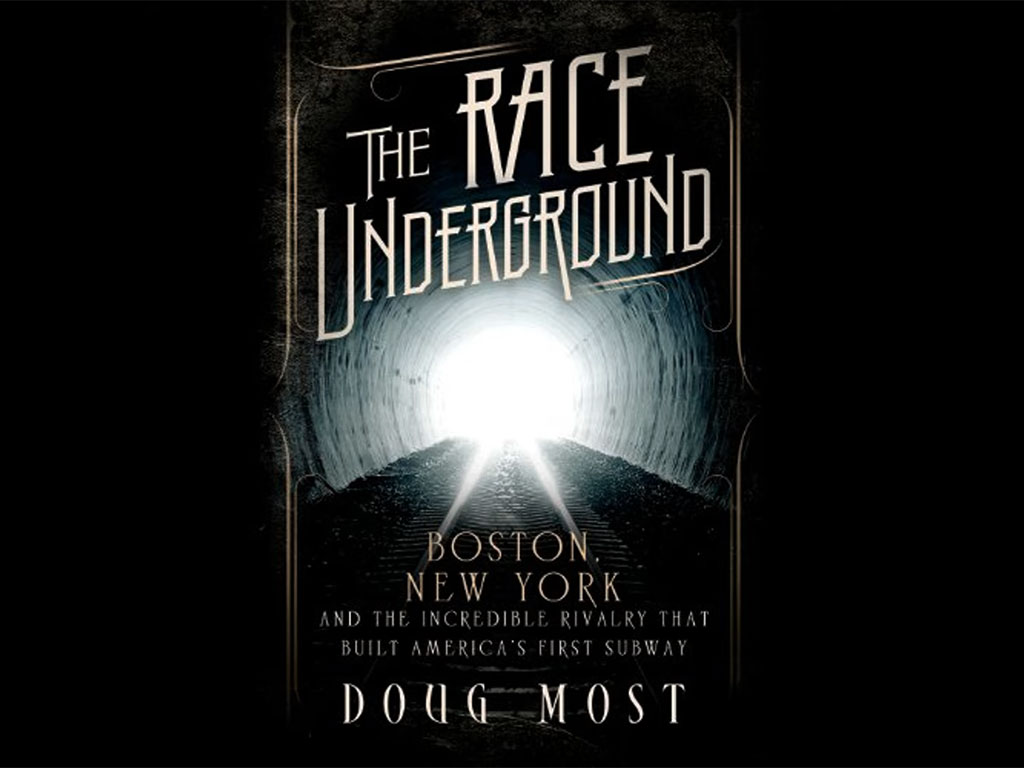
The Race Underground by Doug Most delves into the fascinating history of the first American subway systems. It highlights the intense rivalry between Boston and New York as they competed to build the nation’s first underground transit.
This book does more than recount historical events; it paints a vivid picture of the cultural and technological transformations that defined late 19th-century America.
Doug Most effectively captures the drama involving key players such as visionaries, engineers, and politicians. The book reveals the groundbreaking innovations, controversies, and setbacks that accompanied the construction of the subways.
By weaving together personal stories and technical details, Most illustrates how these ambitious projects shaped urban development.
Readers will find answers to intriguing questions like why Boston adopted the hub-and-spoke design for its T system. This design became a crucial element in Boston’s urban planning, influencing the city’s layout and growth.
In this way, the book is both an engaging narrative and a detailed account of urban history, making it essential reading for anyone interested in Boston’s past.
3. All Souls: A Family Story From Southie
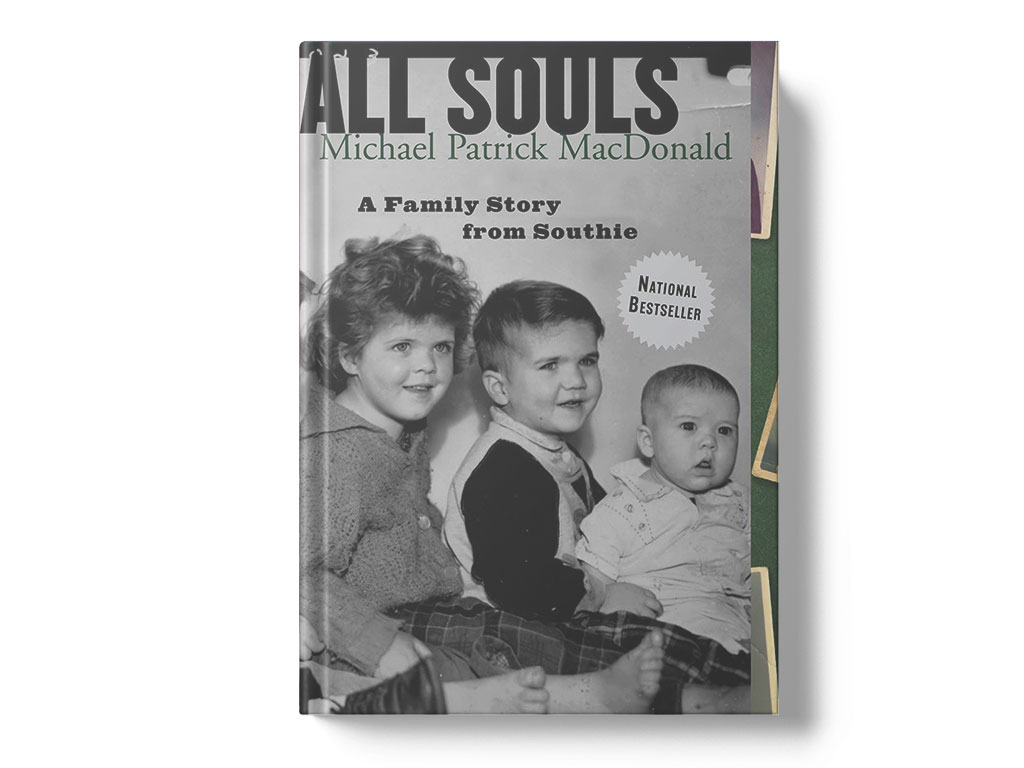
Michael Patrick MacDonald’s “All Souls: A Family Story From Southie” offers a riveting glimpse into the gritty reality of South Boston during the 1970s, particularly centering on the busing controversy.
This memoir delivers a fast-paced narrative, illustrating the social upheavals and community sentiments in Southie.
MacDonald’s account is both personal and historical, providing a detailed picture of what it was like to grow up in a rough neighborhood during a period marked by racial tension and economic hardship.
Through his story, readers gain insight into the struggles families faced in pre-gentrification South Boston, offering a valuable perspective on the broader implications of urban policies and social issues of the time.
The book does not romanticize the past but instead presents an unvarnished truth, making it an essential read for anyone looking to understand the impact of historical events on personal lives.
Reflecting on themes of family, community, and survival, “All Souls” serves as a poignant reminder of how historical events shape individual destinies.
4. The Last Hurrah
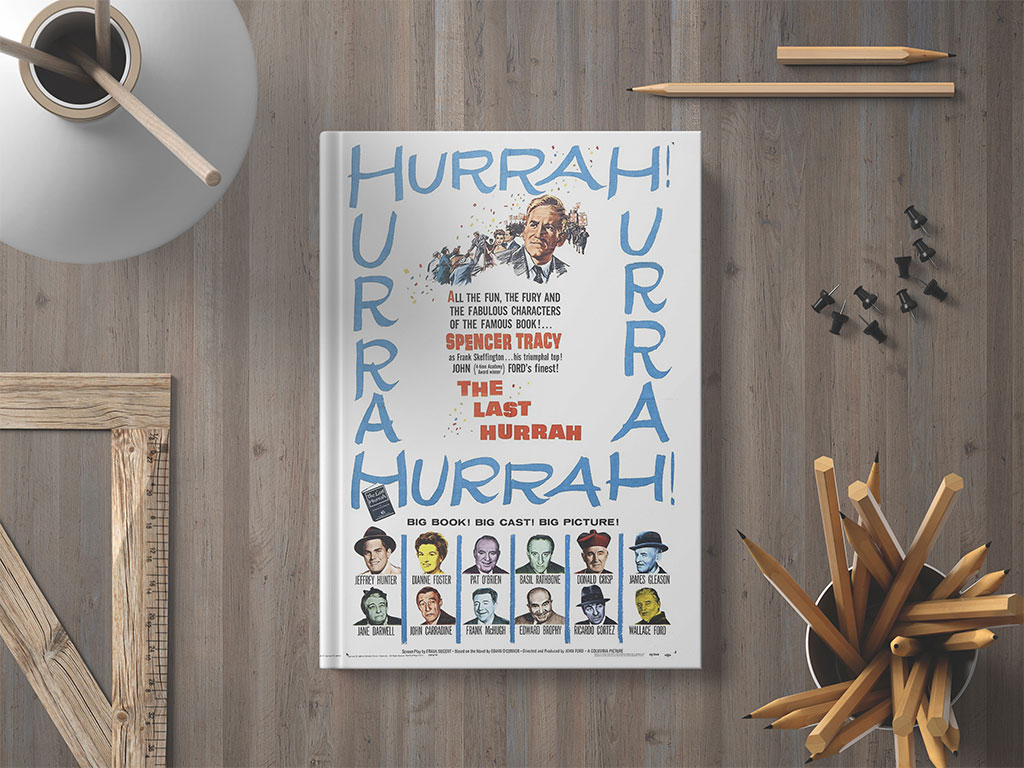
Edwin O’Connor’s “The Last Hurrah” offers a vivid glimpse into the world of early 20th-century Boston politics. It’s set in an unnamed city, but everyone recognizes it as Boston with its (mostly Irish-American) power brokers and political maneuverings.
The story revolves around Frank Skeffington, a character based on the real-life James M. Curley, an illustrious Boston mayor and Massachusetts governor.
The novel takes a deep dive into the nuances of political life, focusing on Skeffington’s last campaign for re-election.
It portrays Boston’s shifting political landscape, highlighting themes such as loyalty, corruption, and the inevitable change brought by newer generations.
With its compelling depiction of a bygone era, “The Last Hurrah” not only sheds light on the intricacies of Boston’s political scene but also offers timeless insights into the human condition.
5. The Boston Girl
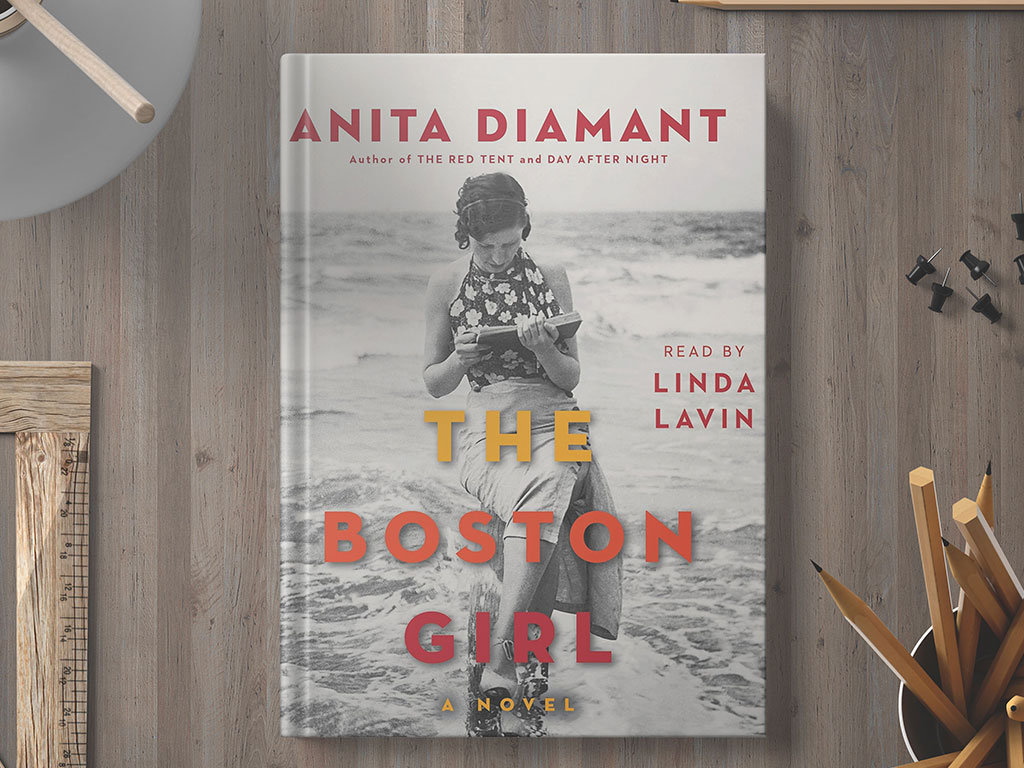
Anita Diamant’s “The Boston Girl” follows the life of Addie Baum, a Jewish immigrant girl growing up in early 20th-century Boston.
This engaging novel takes readers through Addie’s journey, reflecting the broader immigrant experience in Boston during that time.
Through Addie’s eyes, Diamant portrays the challenges and triumphs of adapting to a new culture while preserving one’s heritage.
The novel spans several decades, providing a rich historical tapestry that includes significant social changes and events in Boston’s history.
Readers get an intimate look at the vibrant immigrant neighborhoods and the evolving role of women in society through Addie’s personal and professional growth.
Historians and fiction lovers alike will appreciate Diamant’s meticulous attention to historical detail.
“The Boston Girl” not only tells the story of one woman’s life but also illuminates the broader American experience of Jewish immigrants, making it a compelling read for anyone interested in Boston’s history.
6. The Given Day
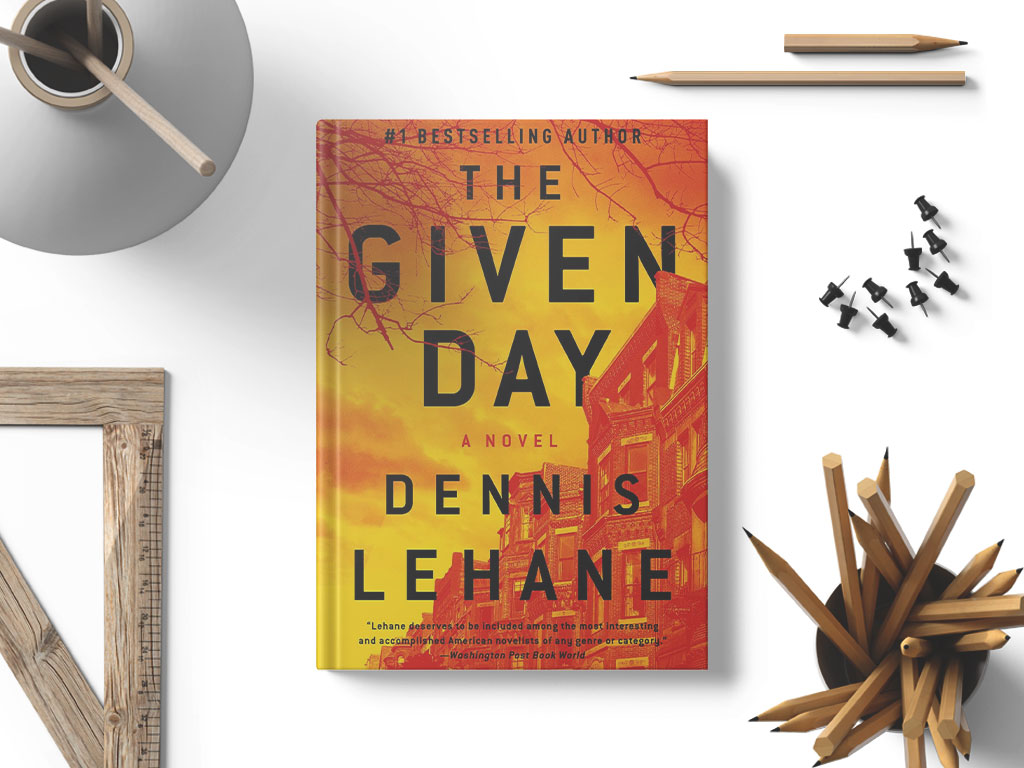
Written by Dennis Lehane, “The Given Day” transports readers back to Boston in the aftermath of World War I.
The novel intertwines the lives of two characters—Danny Coughlin, a Boston police officer, and Luther Laurence, an African American fugitive—against a backdrop of social turmoil and the tumultuous 1919 Boston police strike.
Lehane’s detailed narrative captures the struggles faced by the working class, the rise of labor movements, and the racial tensions of the era.
His portrayal of historical events, such as the Spanish flu pandemic and the Red Scare, adds depth to the storyline.
By blending fictional elements with real historical events, Lehane vividly recreates post-war Boston, making it an essential read for those interested in the city’s past.
7. The City-State of Boston: The Rise and Fall of an Atlantic Power, 1630-1865
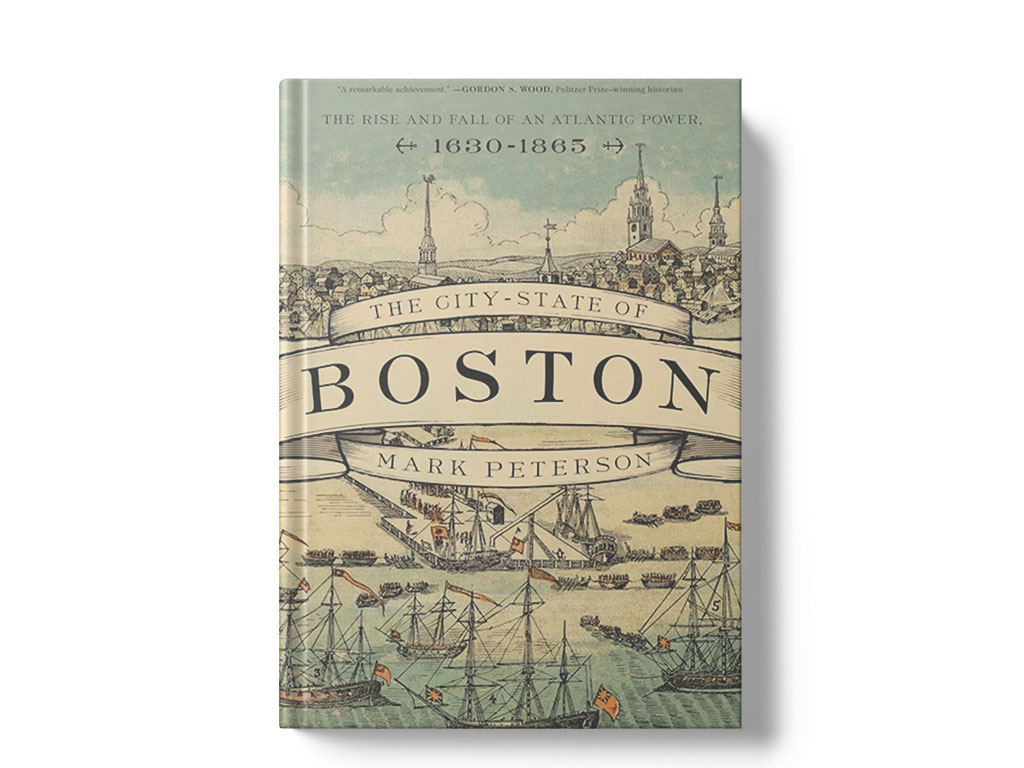
Mark Peterson’s “The City-State of Boston” is a monumental work, spanning over 784 pages. It charts Boston’s evolution from an important outpost in the British Empire to a significant American city and eventually to its status as the unofficial capital of New England.
The book is meticulously detailed, making it perfect for history buffs who think they know everything about Boston.
Peterson delves into Boston’s founding in 1630, examining how it quickly became a vibrant hub in the Atlantic world.
This city played a crucial role in the British Empire’s North American operations, reflecting its strategic importance.
The author masterfully details the intercontinental trade routes, political dynamics, and cultural developments that positioned Boston as a power.
As the narrative progresses, Peterson explores Boston’s trajectory through pivotal events, including the American Revolution and its aftermath.
These events underscored Boston’s shifting role from a colonial stronghold to an independent city-state with considerable influence.
By the mid-19th century, Boston had evolved, facing new challenges and opportunities, which ultimately shaped the city’s modern character.
Peterson’s expansive narrative doesn’t just recount events; it offers analytical insights into the economic, political, and social forces driving Boston’s rise and fall.
From the Puritan founders to the abolitionist movements, every significant figure and moment is brought to life with rich, contextual detail.
This book is essential for anyone who wants to understand the full sweep of Boston’s historical journey.
8. Dark Tide: The Great Boston Molasses Flood of 1919
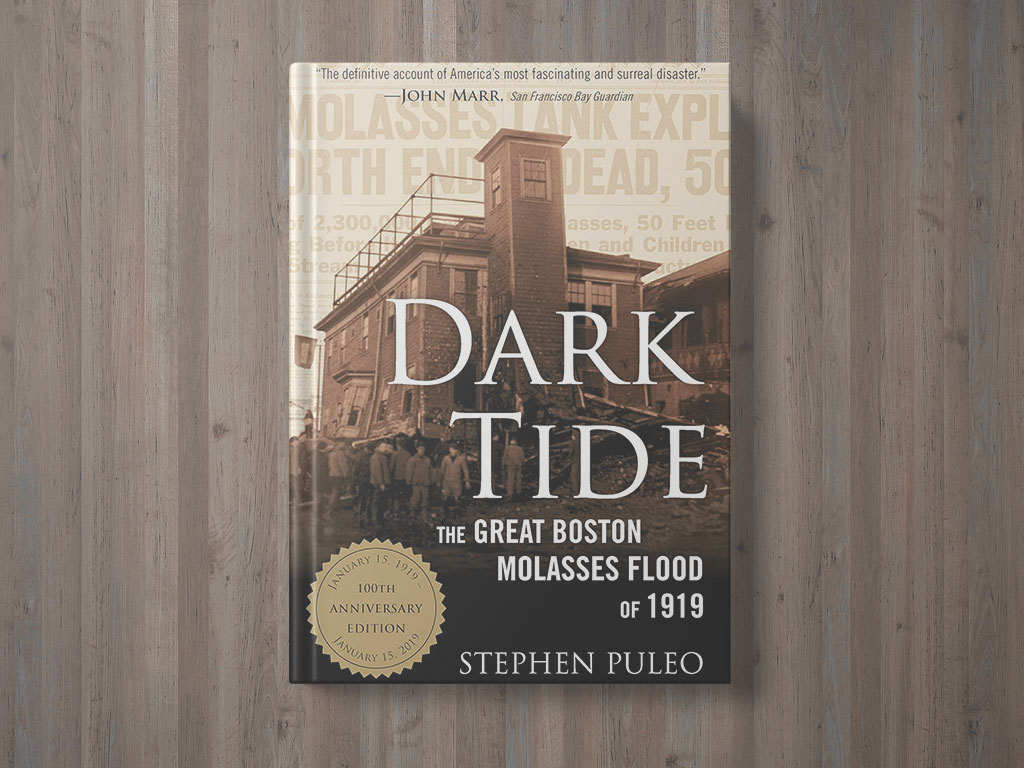
Stephen Puleo’s “Dark Tide: The Great Boston Molasses Flood of 1919” delves deep into one of the most unusual and tragic events in Boston’s history.
This historical account centers on the catastrophic molasses flood that occurred in the North End in January 1919, leading to the deaths of 21 people.
The disaster unfolds as a pivotal moment, shedding light on broader themes that would influence Boston throughout the 20th century.
Puleo explores the origins and consequences of the disaster, linking the event to the immigrant communities that played a crucial role in shaping Boston.
The story reveals how a poorly maintained industrial tank filled with molasses burst, releasing a deadly wave through the streets.
This incident not only caused immediate devastation but also led to significant changes in regulatory policies and industrial practices in the city.
“Dark Tide” also serves as a reminder of the vital contributions of immigrants to Boston’s development.
By detailing the lives of these individuals and their communities, Puleo underscores how their experiences and struggles were instrumental in forming the city’s identity.
For history enthusiasts and those fascinated by urban development, this book provides an engaging narrative filled with detailed research, making it an essential read to understand a lesser-known yet impactful disaster in Boston’s history.
9. What’s the Big Idea? Four Centuries of Innovation in Boston
Stephen Krensky’s nonfiction book, “What’s the Big Idea? Four Centuries of Innovation in Boston,” dives into the inventive evolution of the Boston area.
From poetry and engineering to education and food, Krensky covers the creative strides made since the 1600s.
Highlighting Innovators: Krensky documents various pivotal figures who have driven Boston’s progress. He includes stories of poets like Henry Wadsworth Longfellow and engineers like John A. Roebling who have left lasting legacies.
Detailed Timeline: The book provides a thorough timeline, tracing the city’s journey through multiple revolutions. It tracks Boston’s advancements in education, showcasing institutions like Harvard University established in 1636.
Diverse Fields: Besides literature and architecture, Krensky also examines contributions in cuisine, including innovations that revolutionized the food industry. These contributions illustrate Boston’s diverse and rich history of creativity.
Engaging Narratives: Each chapter is packed with compelling narratives that make the history come alive for young readers and history buffs alike. Krensky’s lively writing style ensures the book is both educational and entertaining.
10. Make Way for Ducklings
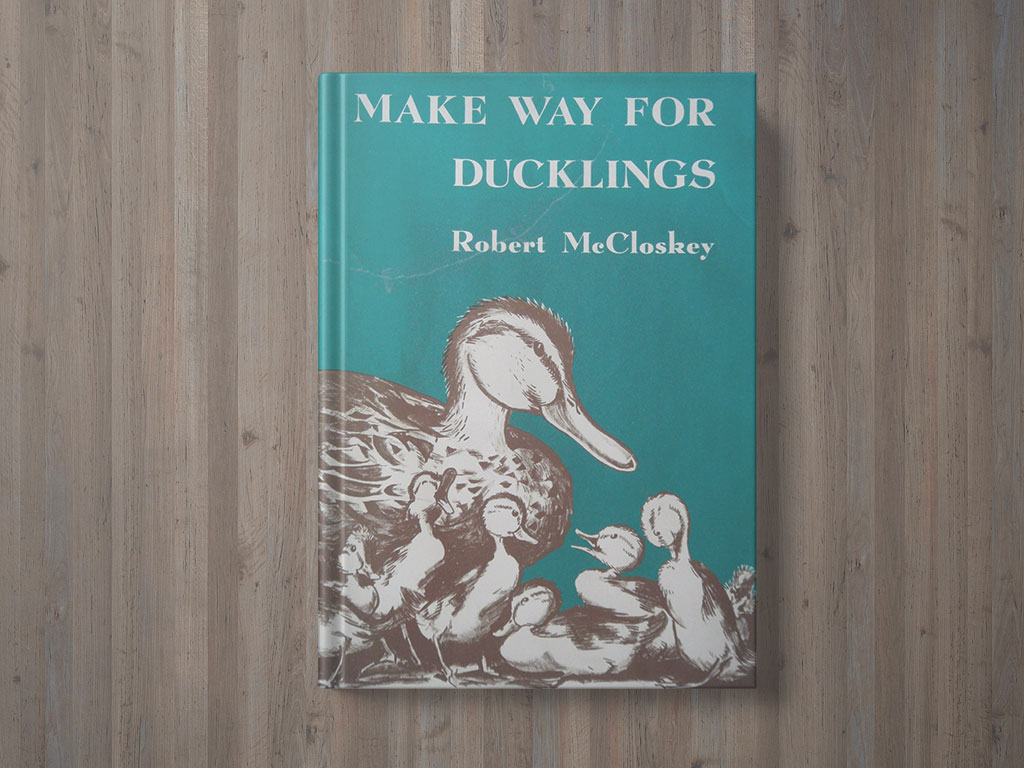
“Make Way for Ducklings” by Robert McCloskey may be a children’s classic, but it offers an endearing glimpse into Boston’s iconic landmarks.
The story revolves around a family of ducks searching for a suitable home in the city. McCloskey’s illustrations beautifully render Boston’s iconic spots like the Public Garden and the Charles River.
Set in Boston, the book is not just for kids; adults find the depiction of the city relatable. It’s essentially a charming hunt for a decent place to live in Boston, blending fun for children with something adults can appreciate.
Recognized for its detailed and captivating artwork, “Make Way for Ducklings” remains a beloved piece of Boston’s literary history.
McCloskey’s meticulous depictions of the city make it a must-read for anyone wanting to explore Boston’s charm through a heartwarming tale.
Frequently Asked Questions
What historical event does Stephen Puleo’s “Dark Tide” cover?
“Dark Tide” delves into the Great Boston Molasses Flood of 1919, a tragic yet fascinating event where a massive tank of molasses burst, flooding the area and causing significant damage and loss of life.
What is the focus of Mark Peterson’s “The City-State of Boston”?
Mark Peterson’s book explores Boston’s development as a city-state, detailing its historical significance and role in early American history.
What innovation timeline does Stephen Krensky’s “What’s the Big Idea?” cover?
Stephen Krensky’s book traces four centuries of innovation in Boston, highlighting key figures and their contributions to various fields from the 1600s to the present.
Why is Robert McCloskey’s “Make Way for Ducklings” significant?
“Make Way for Ducklings” is a beloved children’s book that charmingly captures Boston’s iconic landmarks, offering a whimsical look at the city’s cultural and historical sights.
Conclusion
Exploring Boston’s history through these literary works offers readers a comprehensive view of the city’s evolution, achievements, and iconic moments.
Mark Peterson’s “The City-State of Boston” and Stephen Puleo’s “Dark Tide” are essential for understanding Boston’s foundational changes and unique events.
Stephen Krensky’s “What’s the Big Idea? Four Centuries of Innovation in Boston” provides insights into the inventive contributions across various fields, emphasizing Boston’s progression since the 1600s.
Also, Robert McCloskey’s “Make Way for Ducklings,” though a children’s book, captures the essence of Boston’s charm through its depiction of iconic landmarks like the Public Garden and the Charles River.
Each of these books adds a piece to the intricate puzzle of Boston’s rich history, making them invaluable resources for anyone looking to delve deeper into the city’s past.
Jaclyn Lowe